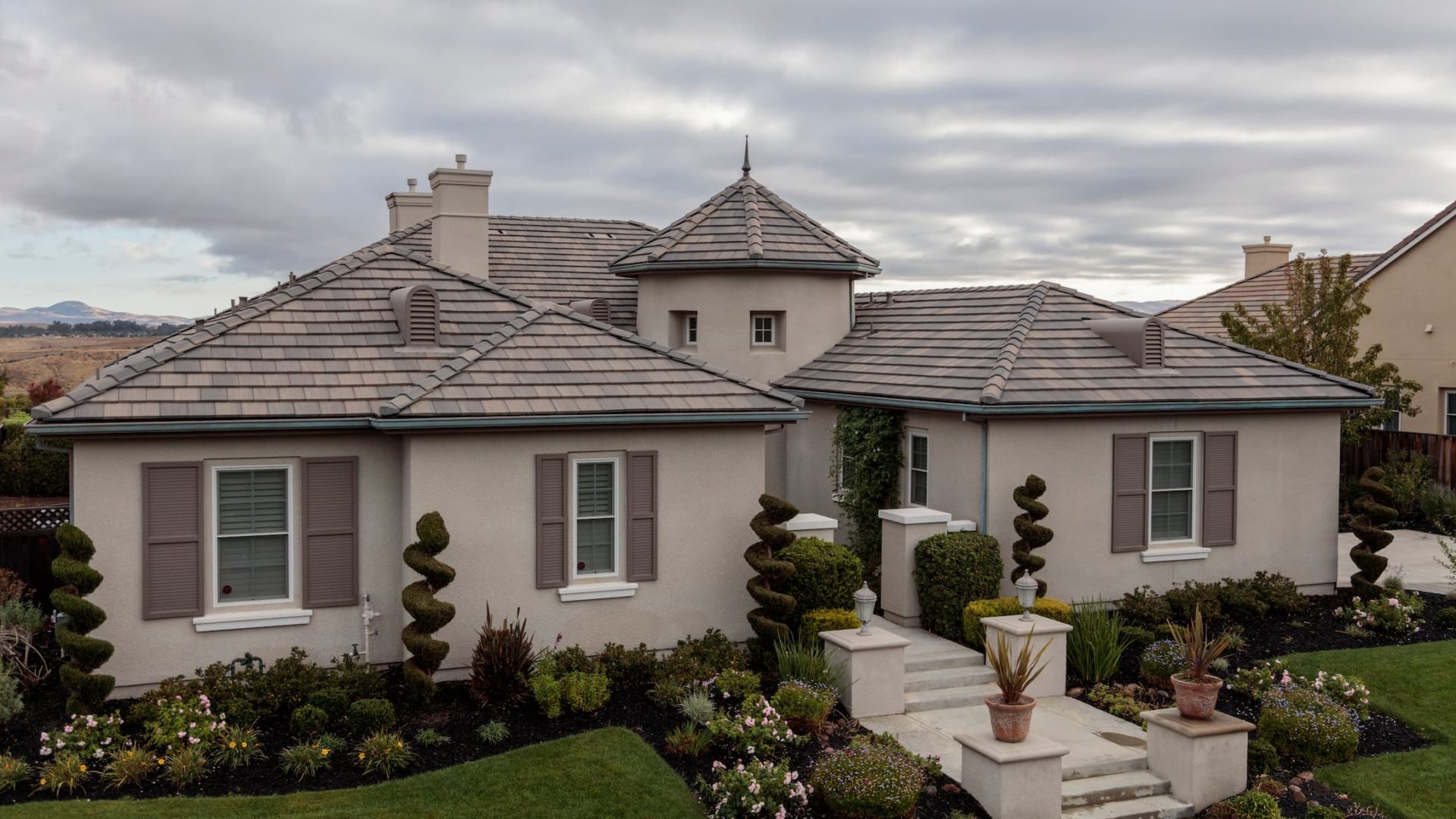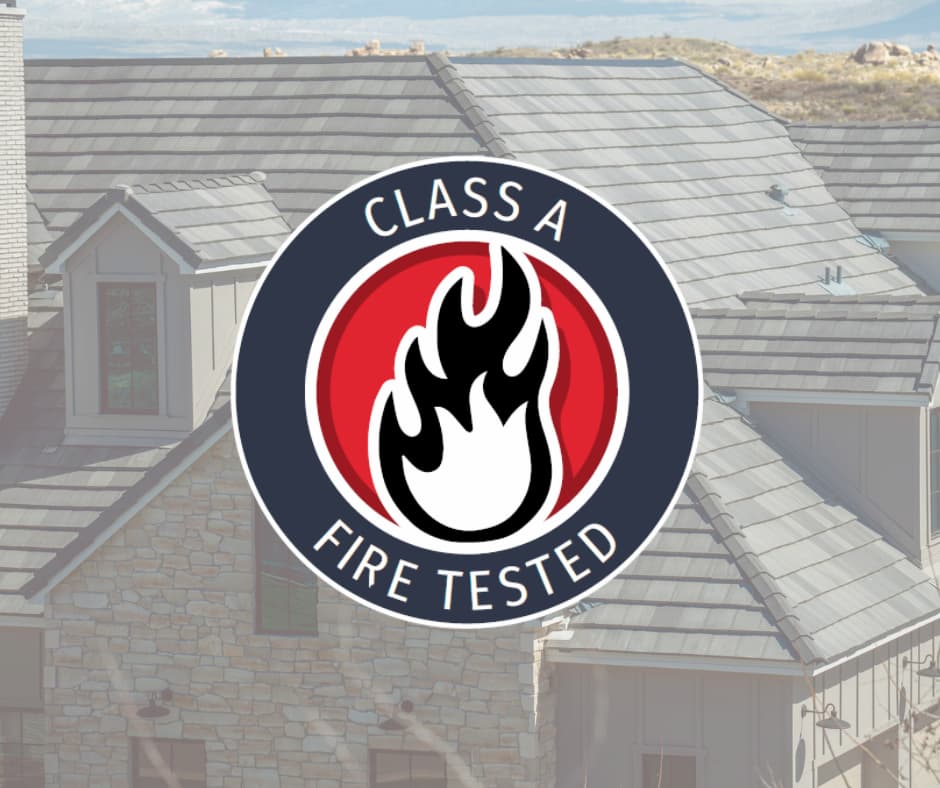Every year, the news reminds us of the devastating toll wildfires take on homes and communities. The thought of such destruction is enough to send chills down any homeowner’s spine. Even in areas not typically prone to wildfires, the risk of fire from lightning strikes or unforeseen accidents still exists. While no roofing system can offer absolute protection, studies consistently show that both tile roofs and tile roof systems earn a Class A fire rating—the highest possible level of fire resistance. Not only are they built to withstand intense heat, but they also offer greater durability than most other roofing materials in fire-prone situations.
The Class A fire rating is the highest classification for fire resistance and includes rigorous testing by an independent laboratory to evaluate a roofing system’s ability to withstand extreme fire conditions. These tests cover three key areas: the spread of flame, which measures how quickly fire travels across the surface; intermittent flame exposure, which simulates repeated bursts of fire over time to assess resilience; and the burning brand test, where a flaming piece of wood or ember is placed on the roofing material to observe how well it resists ignition and burn-through. Together, these tests ensure that Class A rated systems offer superior protection against fire hazards.
Investigations have shown that many fires start when embers ignite non-fire-resistant roofs. Because concrete and clay tile roofs offer a non-combustible Class A fire rating, they can play an important role in protecting your home from fire. Furthermore, Class A rated tile roof systems are usually eligible for the lowest fire insurance rates.
The roof is the most vulnerable part of any home during wildfire. Roofing tiles last a long time, and they do not rot, curl, rust or burn, especially tiles made of cement mixtures. In fact, the longer tiles are exposed, the more durable they become. By design, a tile roof allows air circulation under the tile, which reduces heat transfer to the attic during a fire. Additionally, an enhanced system with a Class A fire resistant underlayment such as Valor Thermal by Sol-R-Skin provides an extra layer of fortitude to the roof system.
Taking precautionary measures, such as having a Class A roof system installed on your property, can help minimize the damage that can occur from unforeseen disasters.*
To find out more about the benefits of tile roofing, contact your local Eagle Account Representative today!
(Source: Tile Roofing Industry Alliance)
*Tile roofs do not fireproof structures or prevent all damage to a structure during wildfire and should not be utilized as such.

